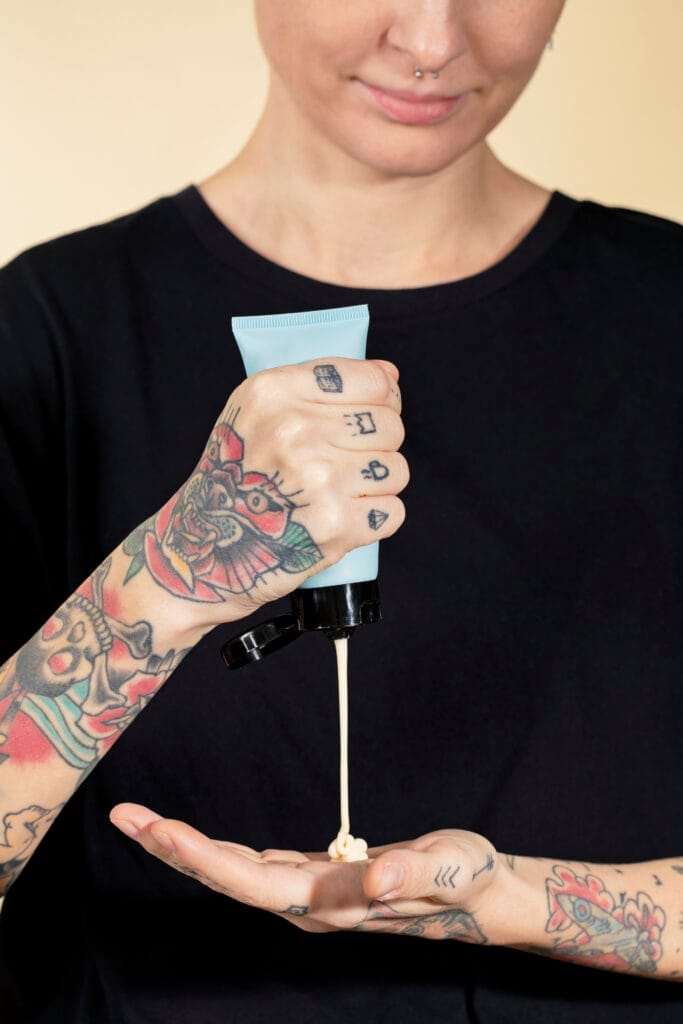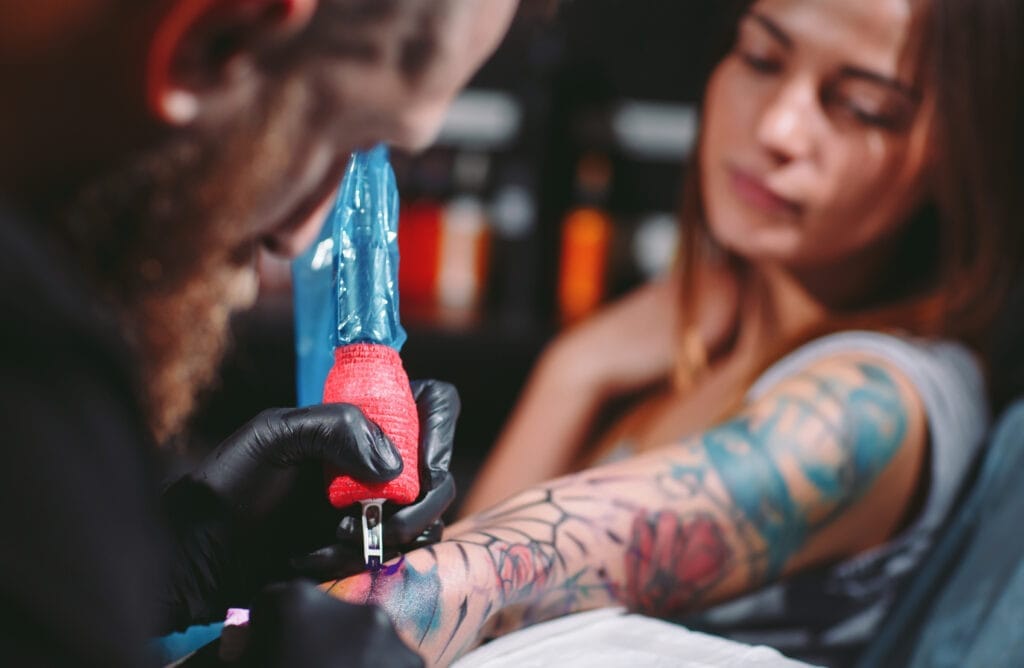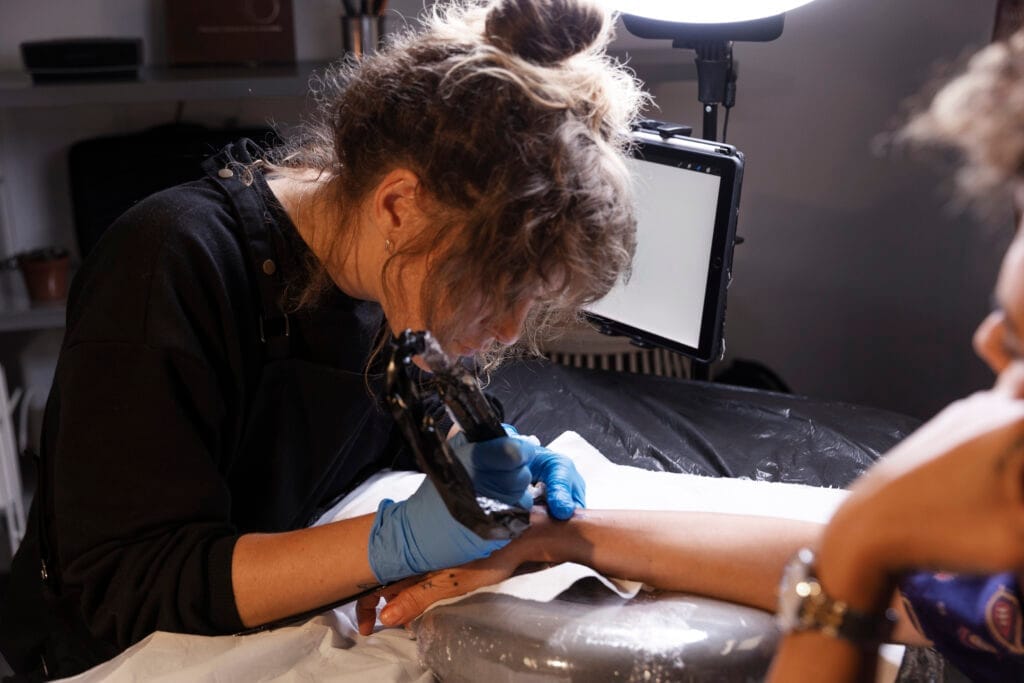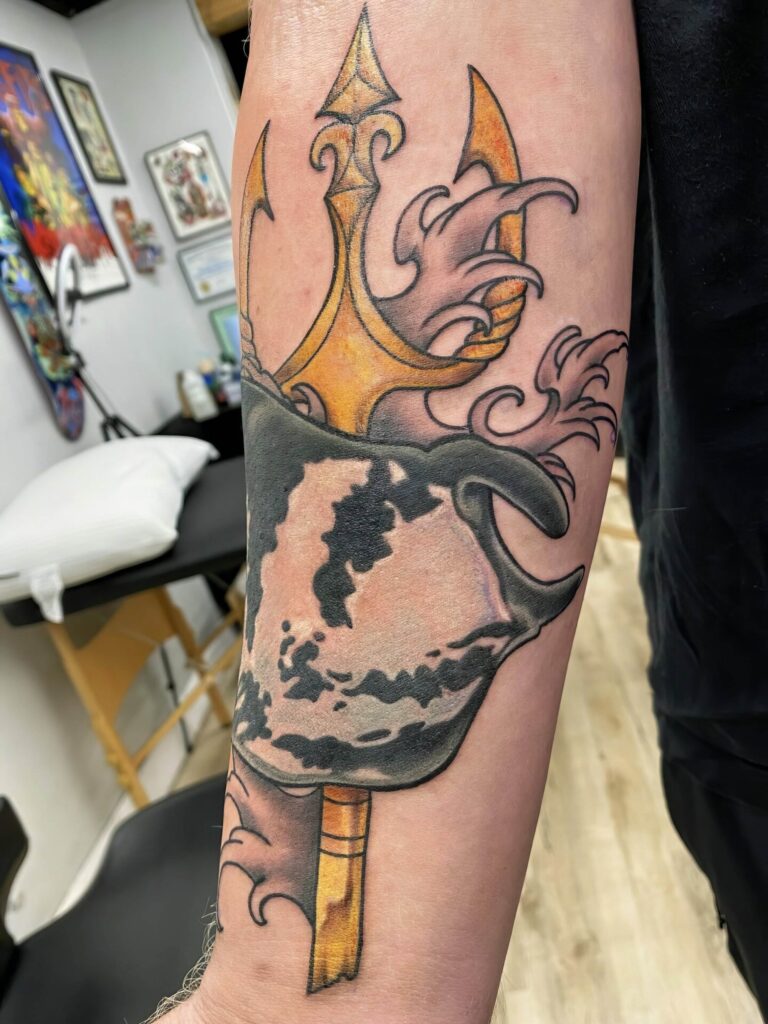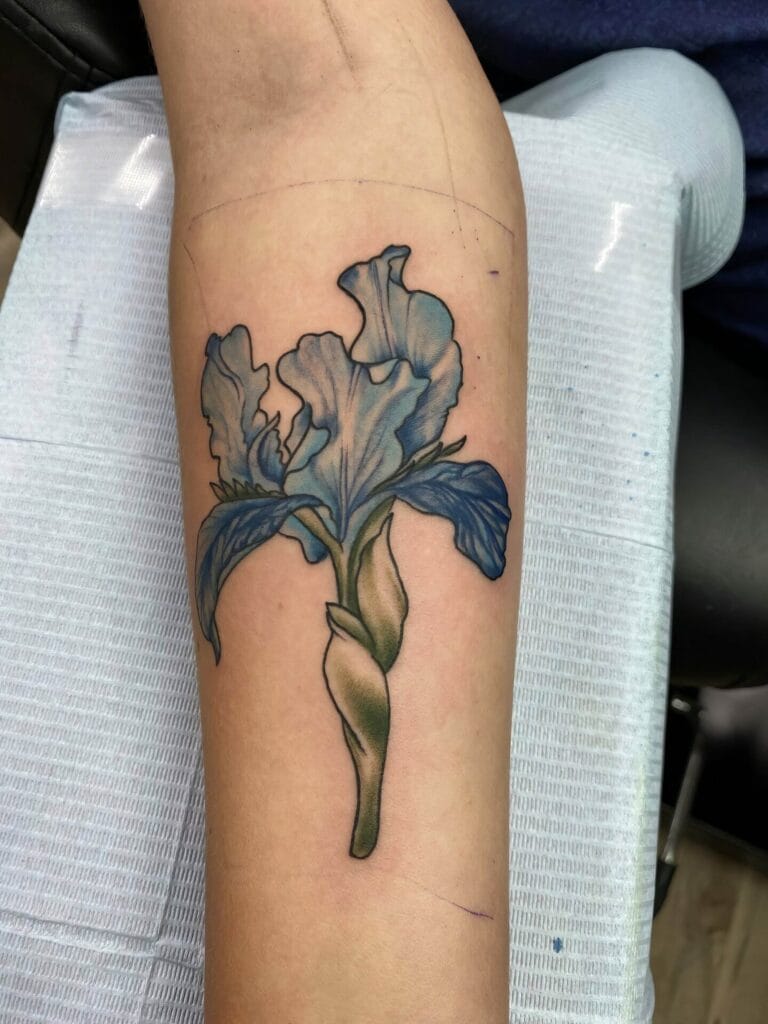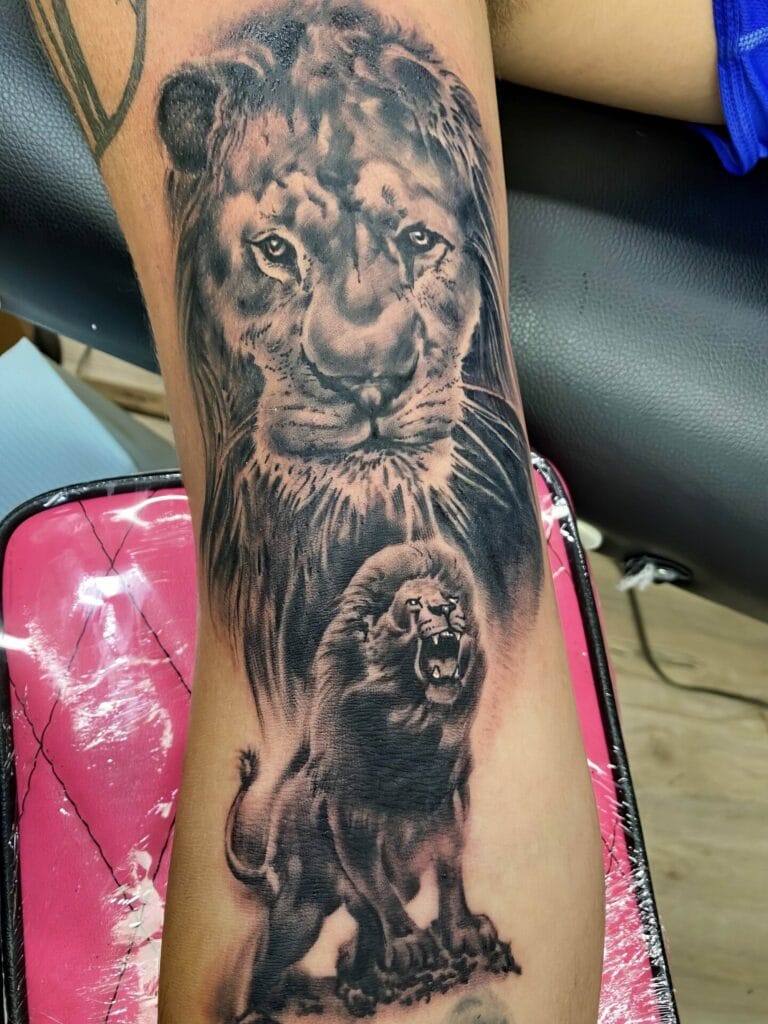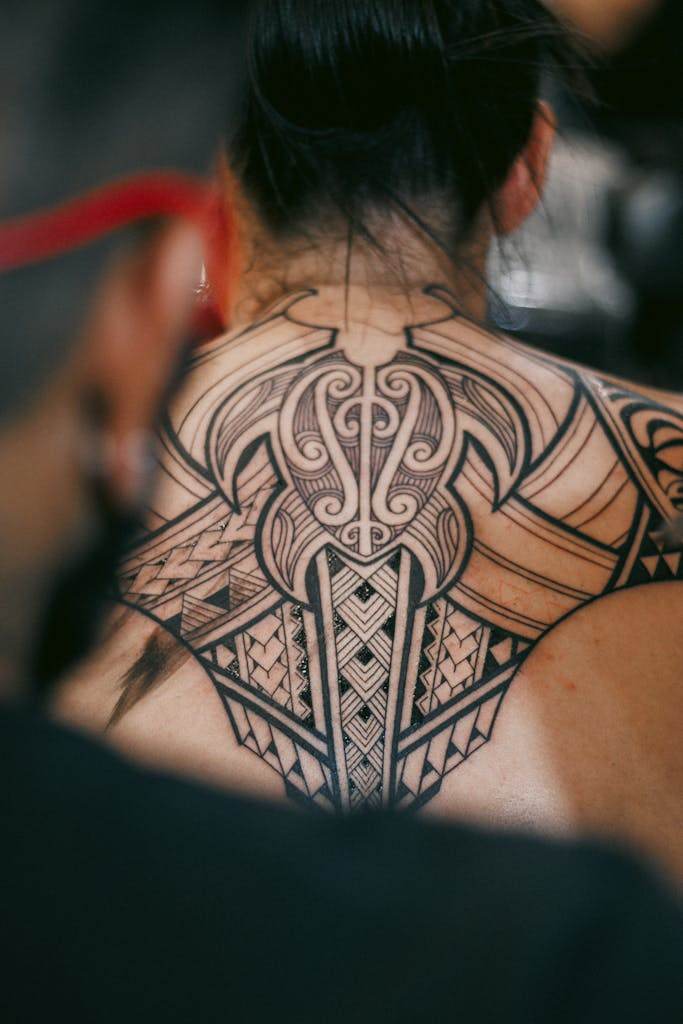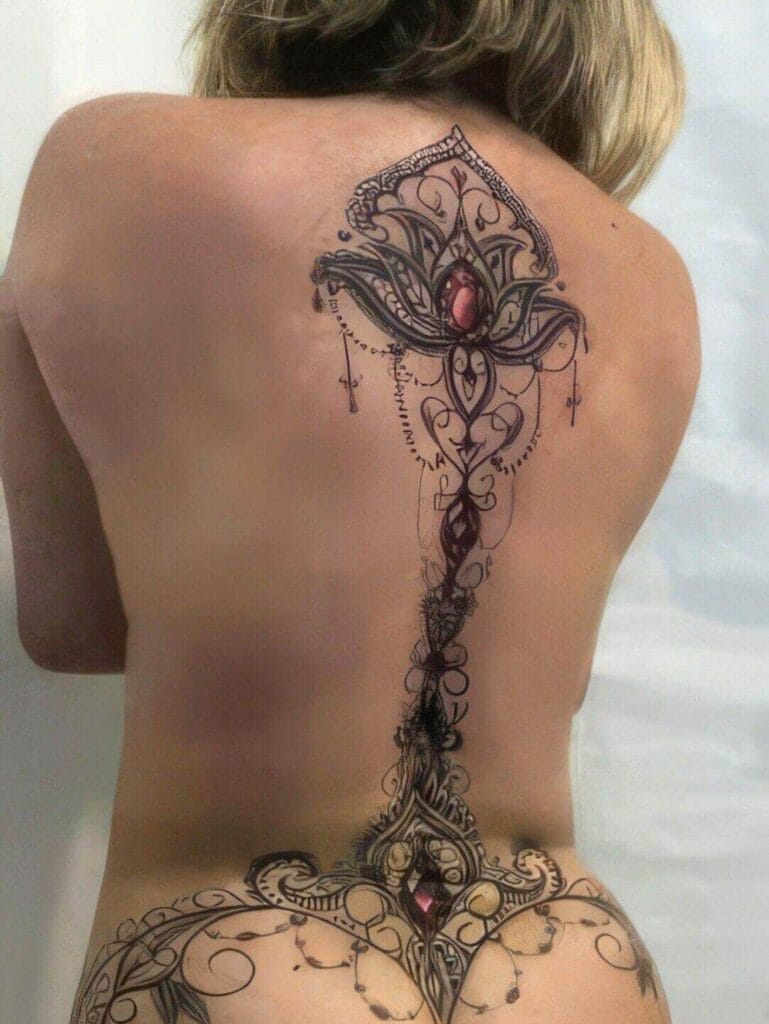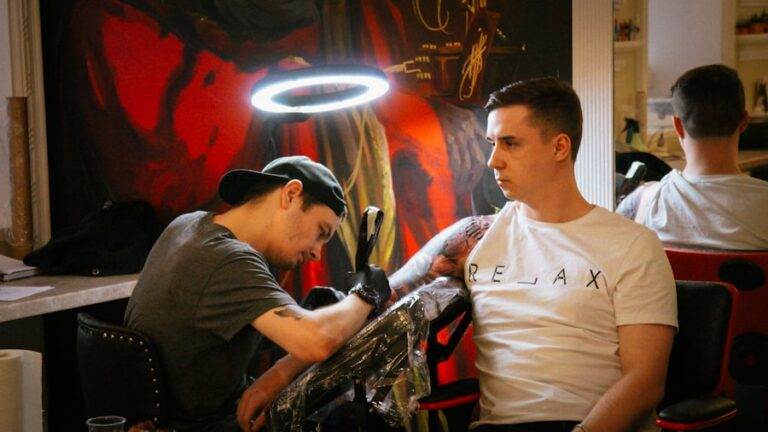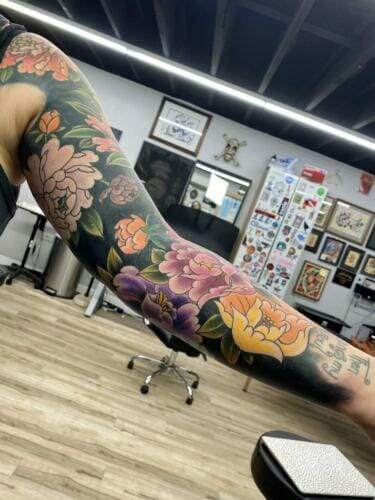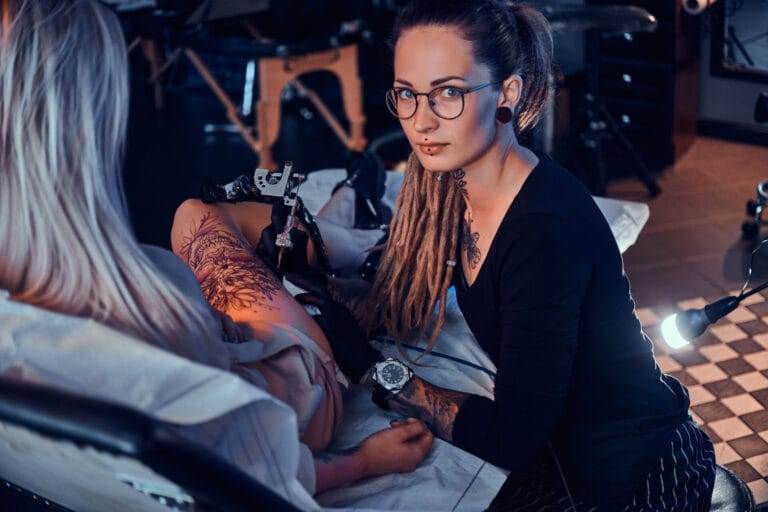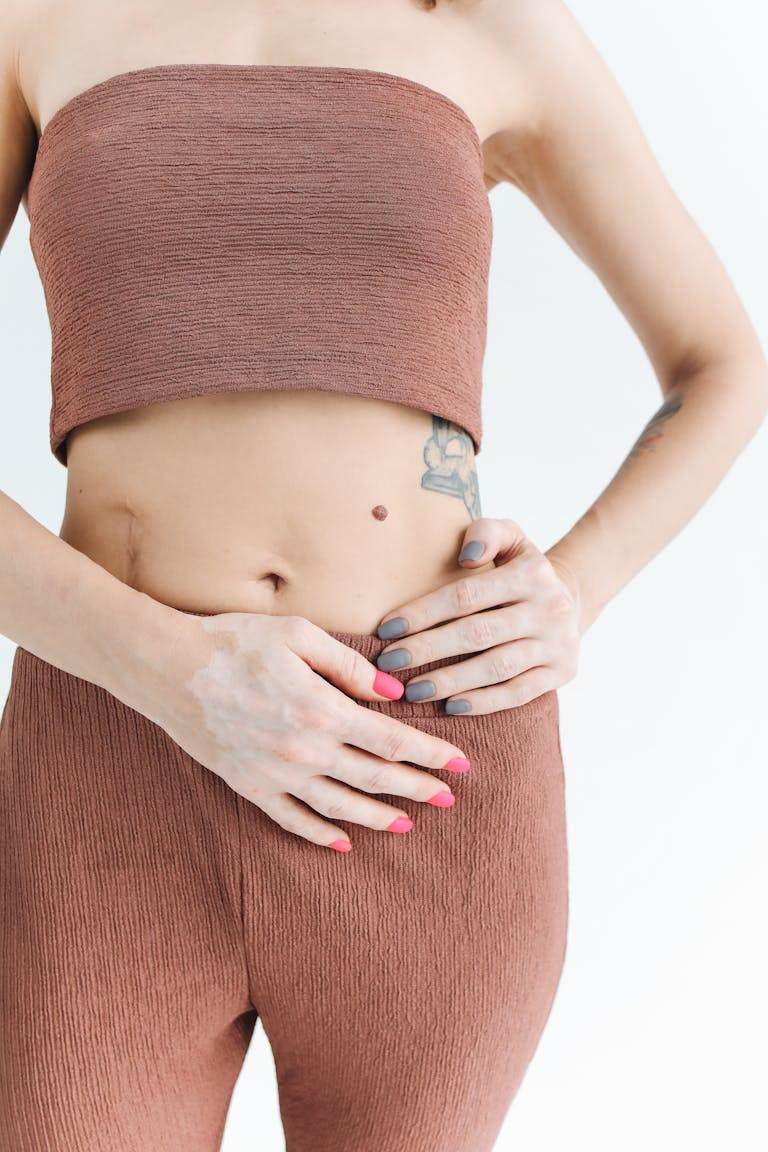
The tattoo healing process is a crucial aspect of getting inked, as it determines not only the final appearance of the artwork but also the overall health of the skin. When a tattoo is applied, the needle punctures the skin multiple times, depositing ink into the dermis layer. This process triggers a natural healing response in the body, which involves several stages.
Understanding these stages can help individuals care for their new tattoos effectively, ensuring that they heal properly and maintain their vibrancy. The healing process typically spans several weeks and can be divided into distinct phases. Each phase has its own characteristics and requires specific care to promote optimal healing.
By being aware of what to expect during each stage, individuals can avoid common pitfalls that may lead to complications or dissatisfaction with their tattoos. Proper aftercare is essential, as it not only aids in healing but also preserves the integrity of the artwork for years to come.
Key Takeaways
- Understanding the tattoo healing process is crucial for proper aftercare and maintenance.
- Days 1-3 require initial care and may show redness, which is a normal part of the healing process.
- Days 4-7 may involve scabbing and itching, which should be avoided to prevent damage to the tattoo.
- Days 8-14 may see peeling and fading, which is a natural part of the healing process.
- Days 15-21 mark the settling and final touch-ups stage, where the tattoo is almost fully healed and may require some final adjustments.
Day 1-3: Initial Care and Redness
In the first few days following a tattoo session, the skin will exhibit signs of redness and swelling. This is a normal reaction as the body begins to heal from the trauma of the needle. During this initial phase, it is vital to follow the aftercare instructions provided by the tattoo artist at Redemption Ink in San Diego.
Keeping the tattoo clean and moisturized is essential to prevent infection and promote healing. During these first three days, it is recommended to gently wash the tattoo with mild soap and lukewarm water. Patting it dry with a clean towel is crucial; rubbing can irritate the skin further.
Applying a thin layer of fragrance-free moisturizer or ointment can help soothe the area and keep it hydrated. It’s important to avoid soaking the tattoo in water, such as in baths or swimming pools, as this can introduce bacteria and hinder the healing process.
Day 4-7: Scabbing and Itching
As the healing process progresses into days four through seven, individuals may notice scabbing forming over the tattooed area. This is a natural part of healing, as the body works to repair itself. While it may be tempting to pick at scabs, doing so can lead to scarring or loss of color in the tattoo.
Instead, it’s best to allow the scabs to fall off naturally. During this phase, itching is also common as the skin begins to regenerate. To alleviate discomfort, individuals should continue to apply a gentle moisturizer to keep the area hydrated.
It’s important to resist scratching, as this can disrupt the healing process and potentially introduce bacteria into the open skin. If itching becomes unbearable, a cool compress can provide temporary relief without compromising the integrity of the tattoo.
Day 8-14: Peeling and Fading
By days eight through fourteen, the tattoo will begin to peel as part of its natural healing process. This peeling may resemble dry skin and can be alarming for some individuals who may worry that their tattoo is fading. However, this is a normal occurrence as dead skin cells slough off to reveal fresh skin underneath.
It’s essential to continue moisturizing during this phase to support healthy skin regeneration. As peeling occurs, some colors may appear less vibrant temporarily; this is also normal and should not cause concern. The true colors of the tattoo will emerge once the skin has fully healed.
During this time, individuals should avoid excessive sun exposure and refrain from applying any harsh products on or around the tattooed area. Protecting the tattoo from UV rays will help maintain its vibrancy for years to come.
Day 15-21: Settling and Final Touch-Ups
Entering days fifteen through twenty-one, most tattoos will have settled significantly. The initial redness and swelling should have subsided, and any remaining scabs should have fallen off. At this stage, individuals may notice that their tattoos look more defined and vibrant as they continue to heal.
However, some may still experience slight dryness or flakiness in certain areas. If any areas appear uneven or faded after healing, this is an ideal time to consult with your artist at Redemption Ink for potential touch-ups. Many artists offer complimentary touch-up sessions within a certain timeframe after the initial tattooing process.
This ensures that any minor imperfections can be corrected while maintaining the overall integrity of the artwork.
Day 22-28: Fully Healed and Aftercare
By days twenty-two through twenty-eight, most tattoos will be fully healed, although individual healing times may vary based on skin type and aftercare practices. The skin should feel smooth and no longer exhibit any signs of peeling or scabbing. At this point, it’s essential to continue caring for the tattoo by keeping it moisturized and protected from sun exposure.
Even after healing, proper aftercare remains important for maintaining the longevity of a tattoo. Using sunscreen on exposed tattoos can prevent fading caused by UV rays. Additionally, keeping the skin hydrated with lotion will help preserve its elasticity and vibrancy over time.
Regular moisturizing not only benefits the tattoo but also contributes to overall skin health.
Common Concerns and Complications
While most individuals experience a smooth healing process, some may encounter common concerns or complications during their tattoo’s recovery period. One of the most prevalent issues is infection, which can occur if proper hygiene practices are not followed during the initial care phase. Signs of infection include increased redness, swelling, pus discharge, or fever.
If any of these symptoms arise, it’s crucial to seek medical attention promptly. Another concern is allergic reactions to ink or aftercare products. Some individuals may develop rashes or irritation in response to certain ingredients in lotions or ointments used on their tattoos.
If an allergic reaction is suspected, discontinuing use of the product and consulting with a healthcare professional is advisable. Being aware of these potential complications can help individuals take proactive measures to ensure a successful healing experience.
Patience and Proper Care
In conclusion, understanding the tattoo healing process is essential for anyone considering getting inked at Redemption Ink in San Diego or elsewhere. Each stage of healing requires specific care and attention to ensure that tattoos heal beautifully and remain vibrant over time. Patience is key; rushing through any part of the process can lead to complications that may affect both appearance and health.
By following proper aftercare guidelines and being mindful of how their bodies respond during each phase of healing, individuals can enjoy their tattoos for years to come. The journey from fresh ink to fully healed artwork is one that requires dedication but ultimately results in a lasting expression of personal artistry and identity.
FAQs
What is the general healing process for a new tattoo?
The general healing process for a new tattoo involves several stages, including redness and swelling immediately after getting the tattoo, followed by scabbing and peeling as the skin heals, and finally the settling of the ink into the skin.
How long does it take for a tattoo to heal completely?
It typically takes about 2-3 weeks for a tattoo to heal completely, although the exact timeline can vary depending on the size and location of the tattoo, as well as individual differences in healing.
What are some common symptoms during the tattoo healing process?
Common symptoms during the tattoo healing process include redness, swelling, tenderness, scabbing, peeling, and itching. It is important to resist the urge to scratch or pick at the tattoo during this time.
What are some tips for promoting proper tattoo healing?
To promote proper tattoo healing, it is important to keep the tattoo clean and moisturized, avoid exposing it to direct sunlight, refrain from swimming or soaking in water, and follow any specific aftercare instructions provided by the tattoo artist.
When should I be concerned about the healing process of my tattoo?
You should be concerned about the healing process of your tattoo if you experience excessive pain, swelling, redness, or discharge, as these could be signs of infection. If you have any concerns, it is best to consult with a healthcare professional.
